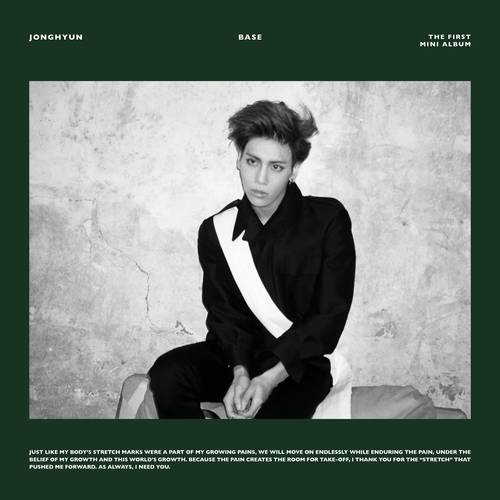Perhaps the most impressive thing about Viet Cong is their strong grasp on juxtaposition. They seamlessly transition between the murky and melodic to bring out the innately exciting qualities in both. The violent and brooding war march of opener “Newspaper Spoons” soon gives way to chirping guitars that turn the whole event into a vibrant fireworks show. "March of Progress" is an even clearer example of this, as its uncompromising drums pound for three minutes before slowly transforming into the album’s most jubilant passage. But this track also shows that there’s a nuance to Viet Cong’s songwriting that extends past simple dark vs light. As the song enters its final stretch, the plodding quarter notes of Matt Flegel’s bass soon feel bouncy from corresponding snare hits and rhythmically contrasting guitars. And as Flegel starts to sing, the hi-hat’s simple switch to eighth notes settles the song into a groove that allows the bass to finally resolve. But the band knows how to combine both elements too, like on “Continental Shift”, a song whose “Be My Baby” beat and moody coos are equal parts ghastly and comforting.
These juxtapositions serve a greater functional purpose though, often amplifying the anguish that pervades these tracks. The catchiest moment on “Pointless Experience”, for example, only makes clear the cynicism that characterizes a line like “we’re desperately debilitated / if we’re lucky, we’ll get old and die”. And on “Silhouettes”, its chorus highlights a hopelessly mechanistic self:
There’s no connection left in your head
Another look at things to forget
An overwhelming sense of regret
Relay, reply, react, and reset
Viet Cong ends with “Death”, an 11-minute trek that summarizes everything that’s come before. It’s a bleak track made bleaker through mixing that brings out the bombast of its drums and the sharpness of its guitar tones. Its eventual release from repetition doesn’t sound all that chipper either. "Don’t want to face the world, it’s suffocating" screamed Flegel on “Continental Shelf”. With these final minutes on “Death”, it sounds like he’s trying to do just that. The result? Something’s that just as emotionally draining and frantic as the song’s first eight minutes.








